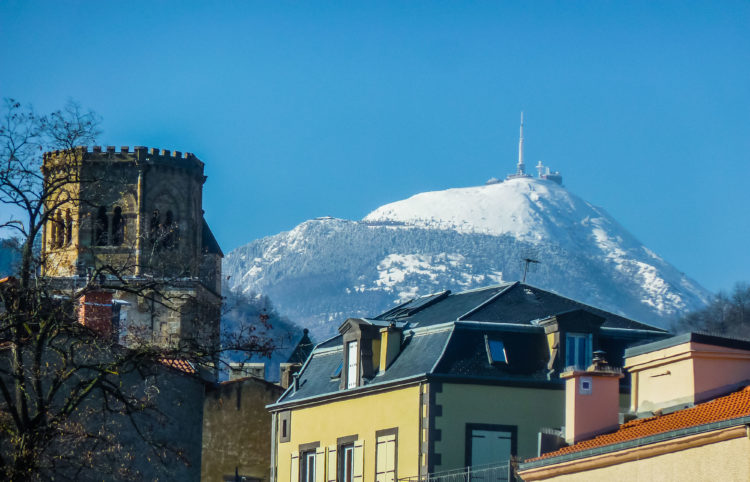They’ve waited over 11 years and been denied twice before, so Auvergnats were understandably excited when the big news finally came on Monday: the Chaîne des Puys has officially been named a UNESCO World Heritage natural site.
As regular readers of the blog know, this chain of 80 volcanic peaks is one of my favorite parts of France. The chain is about 45 km (27 miles) long, and forms the backdrop to Clermont-Ferrand, sweeping up dramatically from the flat Plain de Limagne that stretches off to the east. We’ve always looked forward to the moment when, after a long drive through flat wheat fields and low hills, the A71 autoroute from Paris climbs sharply and the whole Chaîne des Puys is exposed in all its grandeur.
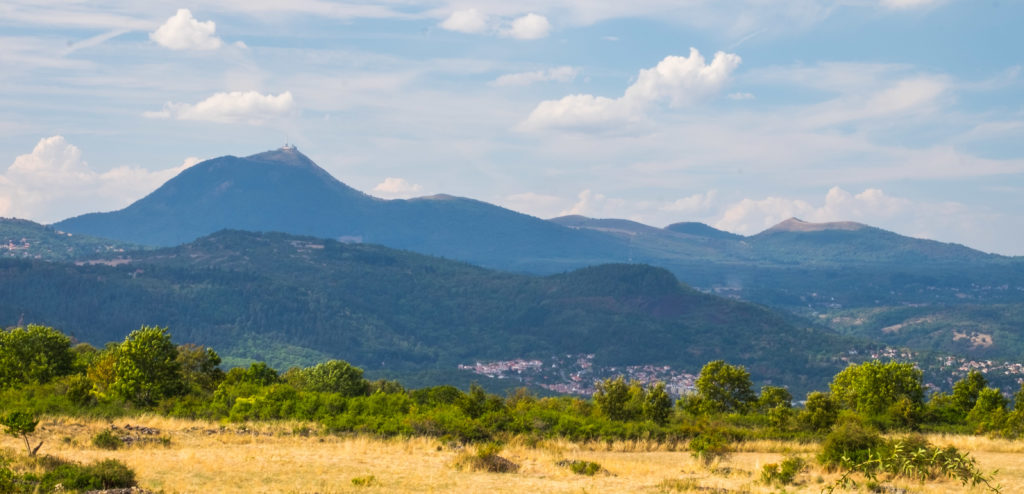
Just not pretty enough?
To us, this is one of the prettiest regions of France, an area we keep going back to year after year. Apparently, though, that beauty alone was not enough to get UNESCO’s vote. The idea was first developed and preparations were made to present it to UNESCO 11 years ago. It didn’t even get a hearing until 2014, then again in 2016, but was rejected both times. The committee making the decision apparently felt the area was too much like other volcanic chains around the world, and that their criteria for selections based on natural beauty were “not clearly enough fulfilled.”
(Take a look at this video, though, and tell me it's not 'pretty enough'!)
A new approach for the Chaîne des Puys
So the local group sponsoring the Chaîne des Puys as a candidate for the World Heritage list tried different tactics this time. Given that UNESCO’s examiners had taken a fairly firm position on the “generic’ nature of the chain, organizers of the campaign focused on two aspects of the region that distinguish it from other great natural sites already on the list:
The way human populations have interacted with – and preserved – the volcanic peaks over the millennia. You can see it best, perhaps, on the summit of the iconic Puy de Dome, the largest and most unusual mountain in the group. It dominates the skyline behind Clermont-Ferrand, and (as I’ve written about elsewhere) this one spot in central France has witnessed most of human history in the area, from the Roman temple to Mercury, to the experiments Blaise Pascal conducted here to demonstrate the existence of barometric pressure, to celebrations for Napoleon III, to the array of radio gear and antennae visible today.
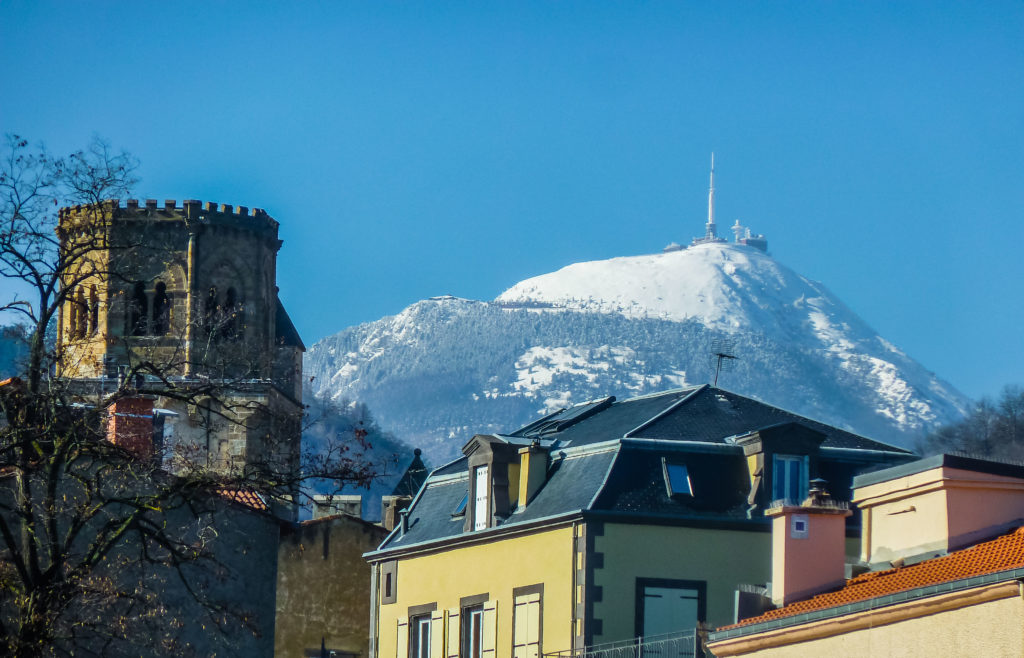
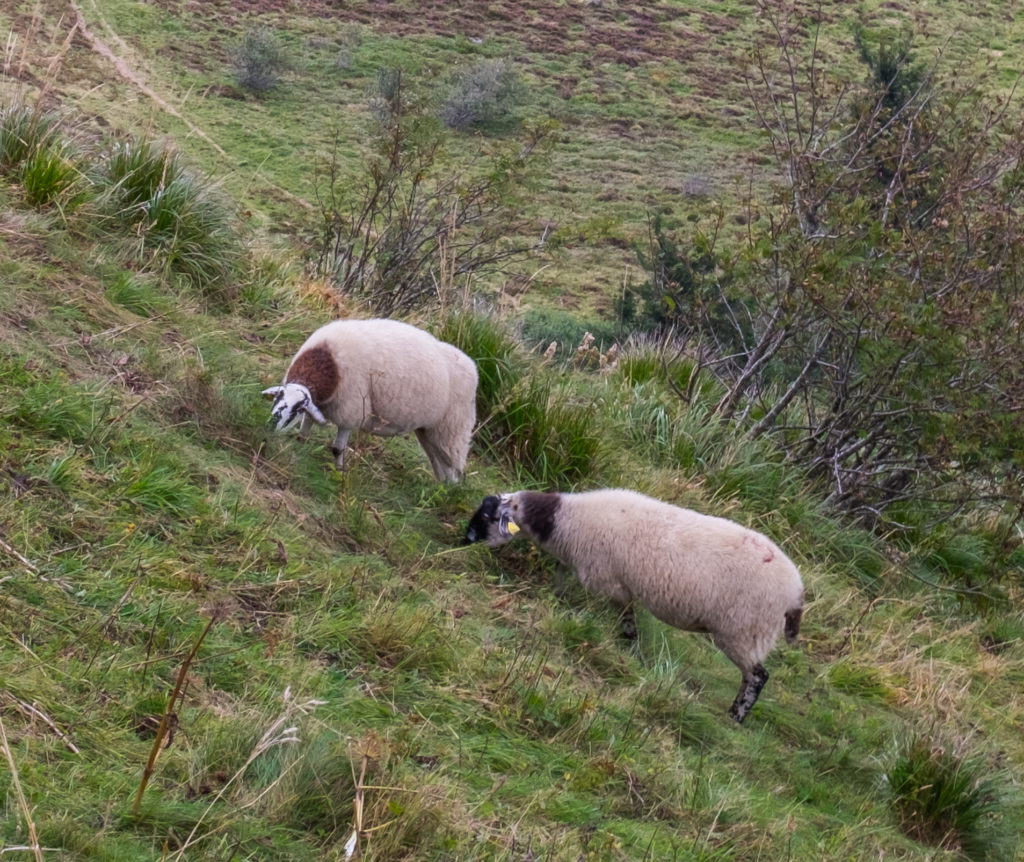
Jean-Yves Gouttebel, President of the Departmental Council of Puy de Dome, explained the argument this way:
“We demonstrated that without this human presence to take care of the site, notably through farming and the keeping of grazing animals, these unique volcanic forms would not be visible today.”
The extraordinary geologic activity associated with this particular volcanic group. These volcanoes are all dormant – there are no puffs of steam hanging on the horizon as there are in Sicily or Guatemala, and you can even walk down into the deep crater of the Puy Pariou (remembering, of course, that you’ll somehow have to walk back up again!). They started erupting around 95,000 years ago, but didn’t stop until 8,600 years ago, so scientists can study all the different phases of the volcanic lifecycle in just this one place. The Chaîne also has different types of peaks – some of the mountains (like the Puy de Dome) are cone shaped, while others (like Puy Pariou) have the classic crater form.
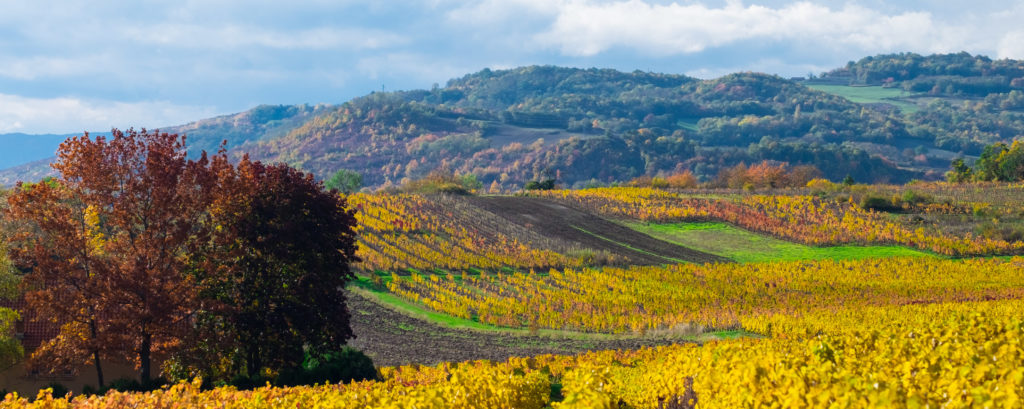
That’s not the main thing that convinced the UNESCO committee, though. They were interested this year in the tectonic nature of the region – that is, the way it displays the vast, grinding movements of the plates in the earth’s crust as they move against each other.
In fact, the UNESCO citation is actually for the whole “Chaîne des Puys – Limagne Tectonic Fault”. As the announcement describes it, this particular volcanic group “is an emblematic segment of the West European Rift, created in the aftermath of the formation of the Alps, 35 million years ago.”
“The geological features of the property demonstrate how the continental crust cracks, then collapses, allowing deep magma to rise and cause uplifting at the surface. The property is an exceptional illustration of continental break-up – or rifting – which is one of the five major stages of plate tectonics.”
Persistence – and the passion of the Auvergne – pay off
Don’t get me wrong – this is still, for us, one of the most beautiful corners of France. But the UNESCO committee needed more, and the organizers of the World Heritage Project provided it. They gathered 50,000 signatures for the original petition, got corporate support from local companies like Volvic Water and Michelin, and won buy-in from hundreds of communal governments (including all 30 of the communes that sit on the perimeter of the Chaîne des Puys).
But they also showed remarkable adaptability in the face of UNESCO’s original reluctance to consider the site. Told that these volcanoes were perhaps a little too “generic”, they invested an impressive amount of work in developing the scientific and historical arguments in favor of the candidacy. In the end, the selection committee congratulated the team from the Auvergne for listening to their advisors’ concerns (for example, they dropped the part of the application focused on the region’s natural beauty), and for the quality of the scientific research cited in the application.
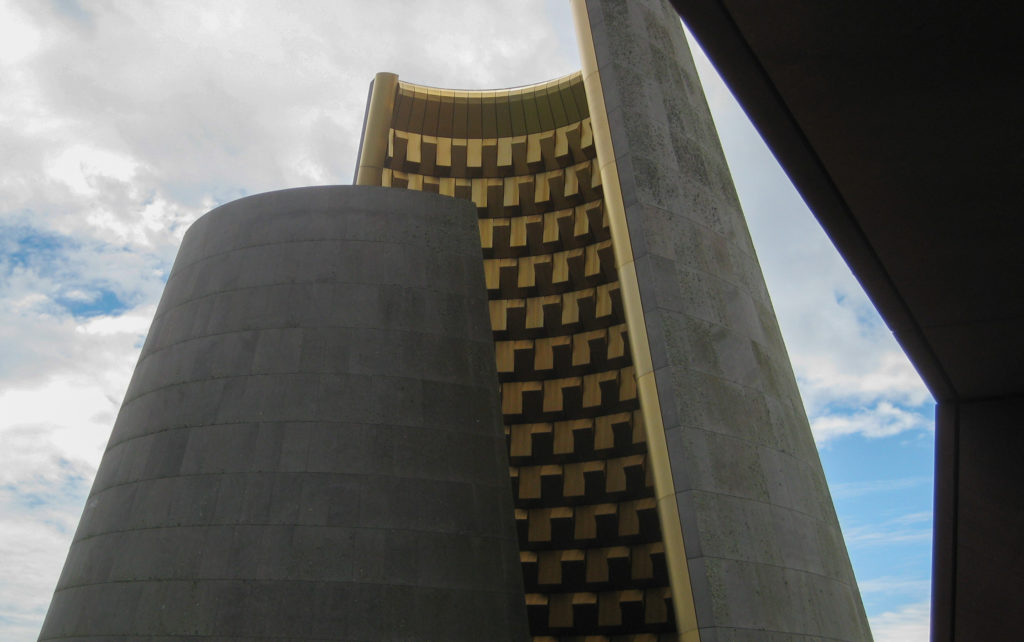
It must have been a dramatic moment on Sunday. The UNESCO committee had already been meeting for 4 days, and they had already rejected other French proposals to have sites added to the World Heritage list. The Chaîne des Puys proposal was the last item on the agenda, and the Auvergnats were only given a few minutes to make their case. In the end, the response was positive and these volcanoes were officially designated as a UNESCO World Heritage Natural Site – the only such natural site on the French mainland!
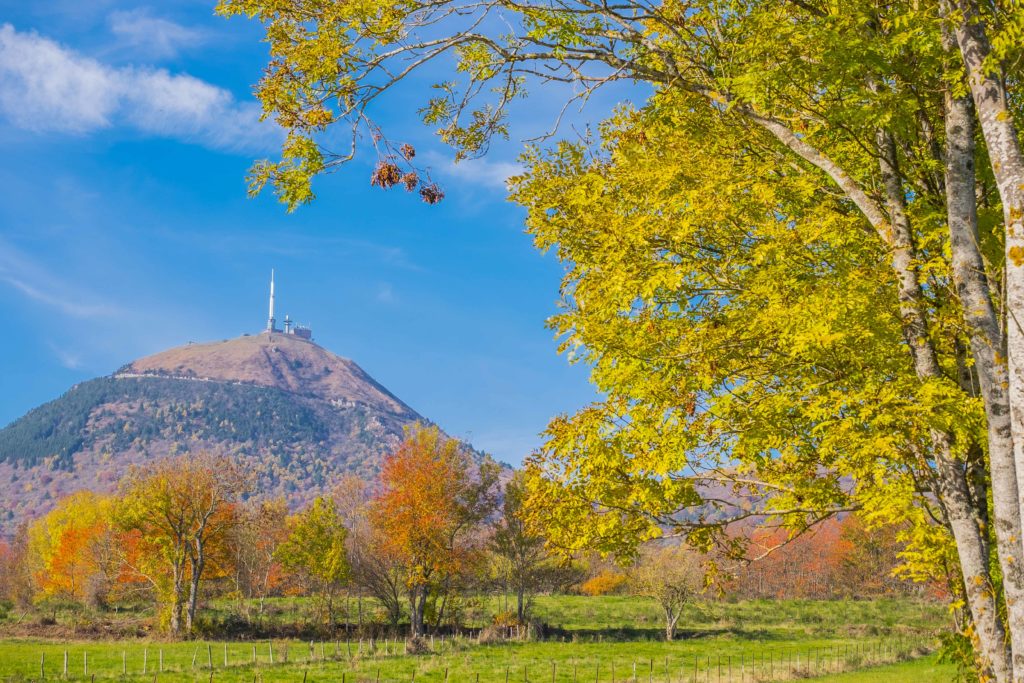
And now, the real work starts
There will be a party in Clermont-Ferrand today for the organizers, just back from the big meeting of the UNESCO committee in Bahrain, and there will certainly be many more celebrations in the months ahead for this recognition. But the real work may only be beginning. As the organizers’ website points out, every entry in the UNESCO World Heritage list must have a long-term plan for preserving and protecting the elements that make each site extraordinary.
For the Chaîne des Puys, according to the project team, that plan includes “both multidisciplinary work relating to site in general, for example awareness-raising, monitoring, communication, visitor welcome, support for agriculture and forestry, and management of travel within the site; and integrated projects focusing on certain edifices or target sectors, for example enhancing landscape, erosion control and management of visitor numbers.”
Congratulations, then, to the World Heritage Project and to everyone in the deep heart of France who worked so hard to turn this idea into reality! If you’re looking to visit one of the great natural sites in the world, this is still the only one on the mainland of France – I hope you get the opportunity to go!
Have you visited any of the other UNESCO World Heritage sites in France? Which ones do you recommend? How much weight do you give to the UNESCO designation when you’re planning a visit? Please let us know your thoughts in the comments section below and take a second to share this news with someone else who loves traveling in France by clicking on the button for your preferred social-media platform(s), too!
